Budapest Summit and Turkic future of Europe How the OTS is rewiring Eurasia’s geopolitics
If modern Europe wants to regain even some kind of future, it should take a closer look at the event that took place this week in Budapest. The Hungarian capital hosted the second informal summit of the Organisation of Turkic States (OTS). The summit discussed plans—already partly underway—to create a barrier-free space for international cooperation and joint development stretching from Western Europe to East and South Asia. The OTS is building a bloc not based on confrontation with others, but on overcoming it in the interest of the entire continent. The EU would do well to seek ways to move closer to the OTS, yet Brussels responded to the summit by renewing discussions about possibly suspending Hungary’s voting rights in the EU. However, it is telling that it did not dare to take harsher measures.

A new “millennium around the Caspian”
All successful international organisations, unions, and blocs have not arisen merely on the basis of cultural or ideological affinity. For successful formation, a driver was needed — a clear and realistic goal, and a well-thought-out strategy.
The European Union originally emerged from the desire of Western European countries to avoid a new military confrontation among themselves. It worked and developed excellently while remaining within those boundaries, before it shifted towards ideological expansion.
The Organisation of Turkic States (OTS) has such a strategic task, which already possesses sufficient dynamism but can be further developed in various areas. This is the strategy of uniting the Eurasian continent, which has been torn apart by the world powers, and the mission of bringing peace back to the global agenda.
And this is not metaphysical speculation, but material reality. At present, the Organisation of Turkic States (OTS) controls the only possible land route from Europe to a number of regions in Asia, as well as Europe’s access to vital resources—both those located within the member states’ territories and those that can be supplied to Europe only through their lands. After all, aside from Azerbaijan and Kazakhstan, there is no other land route between Europe and Asia now or in the foreseeable future—due to the “iron curtain” erected along the borders of Russia and Iran.
In other words, this is a vision derived from the geopolitical configuration. It creates the necessity to manage continental processes, since the territory of the OTS member states not only includes the “Caspian bottleneck” of Eurasia.

It stretches from the borders of China and Pakistan all the way to the very heart of Europe. And if in the mid-1980s Turgut Özal dreamed of a “Turkic century from the Adriatic to the walls of China,” today the western borders of the Organisation of Turkic States (OTS) have moved beyond the shores of the Adriatic, reaching the heart of Europe in Budapest. The significance of this should not be underestimated — the Habsburg Austro-Hungarian Empire was one of the cores of “Old Europe”!
This means that successful integration based on the OTS will ensure the creation of uniquely accessible transport and communication corridors connecting the economic centres of Western Europe and East Asia, as well as the growing markets and production capacities of South Asia.
In fact, this was already discussed last year at the first informal OTS summit in Shusha. The “Karabakh Declaration” noted the need for a consolidated position among the participants in response to global challenges, including in the security sphere, but its conclusions were not limited to military issues. On the contrary, it emphasised the importance of building proper transport infrastructure and efficient transregional corridors, including the digitalisation of transport and transit procedures.

This marked a significant step against the trends of securitising everything and everyone—trends aggressively pushed in recent decades by superpowers and their allies.
The Turkic states declared: it is time to stitch together the fractured continent and build peace through joint development and cooperation. The current meeting continued along this path. Nearly every leader speaking in Budapest emphasised the importance of the Middle Corridor (the transport and communication flow across the Caspian from East to West) and transport cooperation in general.
The President of Azerbaijan, Ilham Aliyev, pointed out that his country has become one of Eurasia’s transport and logistics hubs. He was supported by Turkish President Recep Tayyip Erdoğan, who outlined his conceptual vision of the OTS as a connecting bridge between East and West, within which the South Caucasus acquires special strategic significance.
Kazakh President Kassym-Jomart Tokayev also spoke about the significant strengthening of the OTS region’s position as a key transit hub and provided a concrete example of this development, thanking President Aliyev “for supporting Kazakhstan’s efforts to increase oil exports.”
The issue of specific steps in this area was raised by Uzbek President Shavkat Mirziyoyev, who reminded that at the upcoming 12th OTS summit in Baku there may be a signing of the “Treaty on Strategic Partnership, Eternal Friendship, and Brotherhood of Turkic States.”
For the creation of transit and trade infrastructure within the OTS, not only is this general treaty important, but also the online platform “TURK-TRADE,” mentioned again by the Uzbek leader, which will enable the implementation of “single window” and “green corridor” systems, transforming the OTS space into a barrier-free environment for trade and transit.
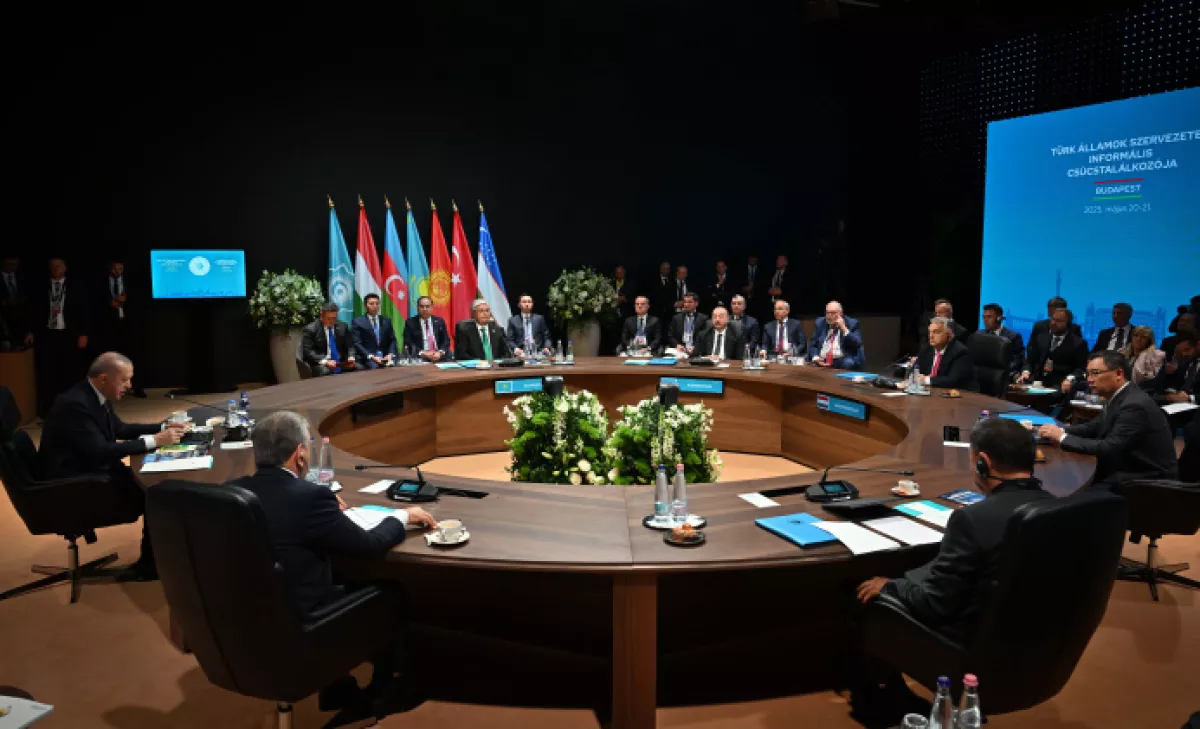
This effort will also be supported by the entry into force of the Agreement on the establishment of a simplified customs corridor between the member states, which was discussed in Budapest. Kyrgyz President Sadyr Japarov drew attention to the need to strengthen the OTS through infrastructure development and capital mobilisation, noting that cooperation would accelerate with the implementation of the Digital Partnership Agreement and the launch of the Turkic Investment Fund.
The final declaration mentioned not only the points raised by the Kyrgyz leader but also the need to increase the OTS budget. As for finance, mutual investments among OTS countries are of key importance: President Ilham Aliyev, in his speech, valued Azerbaijan’s investments in OTS member states at more than 20 billion US dollars.
These concrete aspects formed the foundation of the Budapest Declaration adopted on May 21. The document highlighted the role of the Organisation in ensuring global peace, security, and sustainable development. It affirmed the Turkic states’ commitment to building a reliable route from Europe to Asia and a zone of peace and development along that corridor.
The key to the future of Eurasia is now in the hands of the OTS, precisely because—unlike many other blocs and global actors brandishing weapons—the Turkic states are placing their bet on universal human values: peace, cooperation, and good neighbourliness. In short, they are promoting desecuritisation—the deliberate shift away from viewing international issues solely through the lens of force.
And yet, strength is not absent from the Turkic states. Who would question the combat readiness of the Azerbaijani army or the government's willingness to use force when all other means are exhausted?
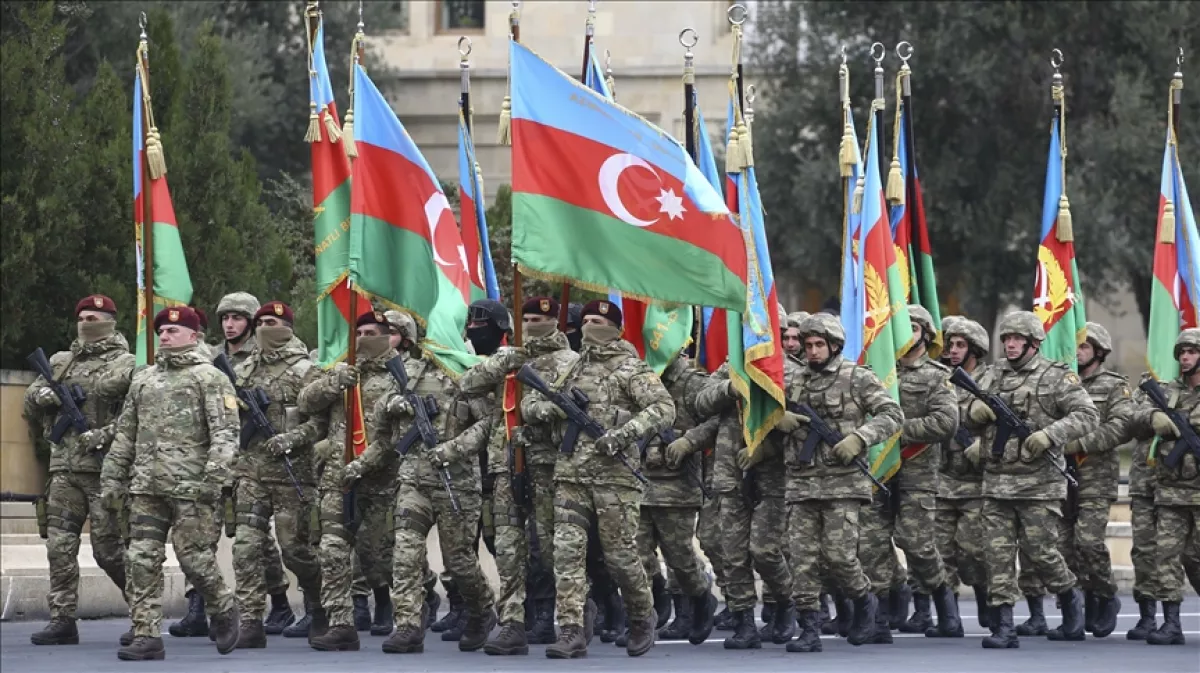
Or take, for example, the Uzbek or Turkish armies—both strong and capable. This only adds weight to the Turkic states’ willingness to move away from the securitisation paradigm imposed on the modern world by global superpowers. After all, it was those very powers that introduced the absurd idea that even the language we speak is a weapon.
Let us reiterate: everything must have reasonable limits. Even Leopold the Cat, who urged the mice to make peace, still had claws, teeth, and a significant advantage in mobility and firepower. Similarly, the Budapest Declaration is not devoid of references to security and defence. For instance, it mentions the expansion of cooperation in the defence industry. In the summer of 2025, the first meeting of heads of defence enterprises from OTS member states will take place, followed by preparations for the inaugural meeting of OTS defence ministers.
Yet these are specific elements. The central message of the Budapest Declaration remains the aspiration to overcome international divisions and build a zone of peace stretching from Europe to China.
And what is particularly important—few actors today have the means to disrupt such plans. The OTS is already in Europe—indeed, within the European Union itself.
Although Hungary does not share a direct border with the other OTS member states, the countries lying between Hungary and Türkiye are either geopolitically weak or increasingly inclined toward cooperation with the OTS. One only has to recall Türkiye’s de facto “return” to the Balkans, where disappointment with the European Union is growing, while ties with Türkiye are strengthening and historical grievances related to the Ottoman legacy are gradually being overcome.
In other words, there is no true geopolitical gap between Hungary and the core of the OTS—rather, there is a need to overcome the structural underdevelopment of the intermediate territories to make this connection more resilient. It is unlikely that Brussels will dare to obstruct this process for long. After all, Europe, having lost its traditional routes eastward via Russia and Iran, and having turned its own southern borders into a chaotic mess of conflicts and refugee flows through its interventions, has only one realistic path forward. That path lies with the OTS. Otherwise, cut off from the markets and resources of Eurasia, Europe risks becoming a marginal appendage of the United States.
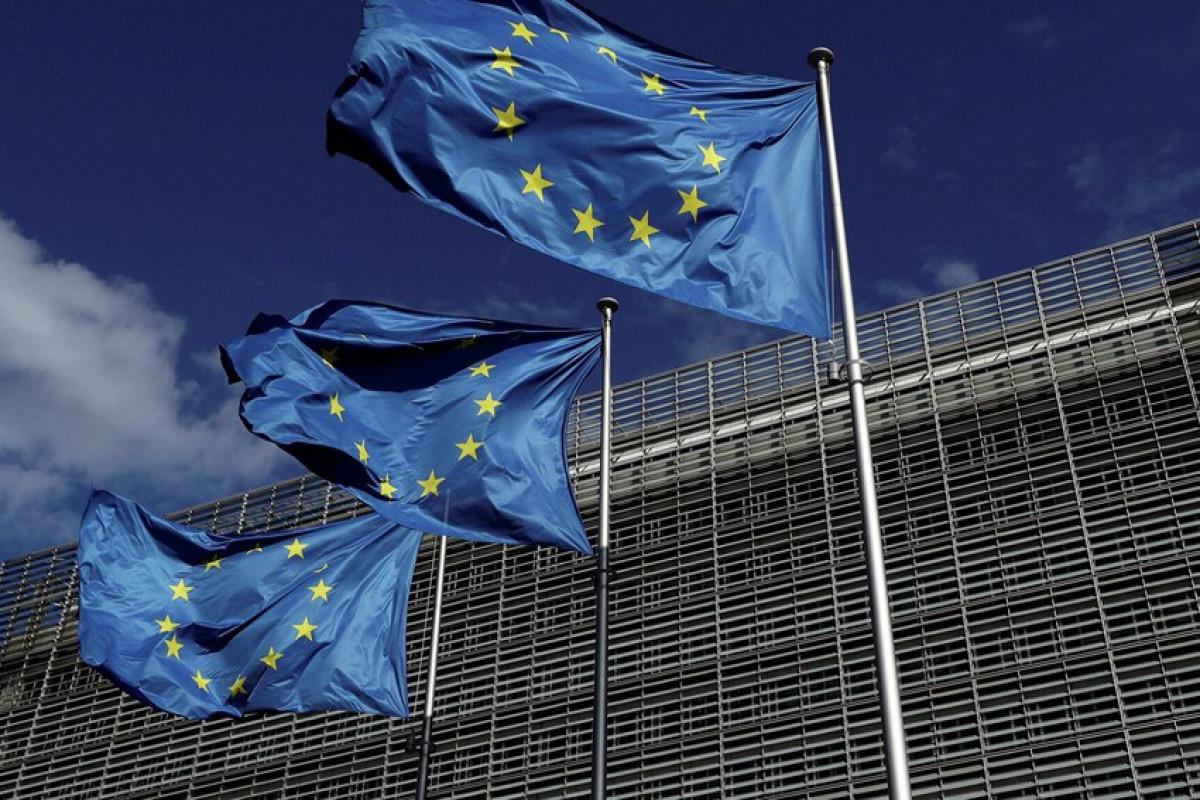
Even European politicians are learning from experience, and in recent years they have begun to adjust their policies in line with a scenario in which the Organisation of Turkic States (OTS) emerges as a key driver of the new Eurasia. This is not to suggest that the EU is capitulating in the face of the geopolitical inevitability of partnership with the OTS, but the condescending lectures once aimed at several OTS countries have all but vanished. We remember, instead, the deferential tours of European leaders across Central Asia over the past couple of years.
There are still occasional relapses into ideologically driven interventionism from the EU—for example, in the form of political games involving Armenian revanchism. But the fact remains: Brussels has had to accept even the observer status of the Turkish Republic of Northern Cyprus within the OTS—something that had long been a “red line” due to Greece’s stance. Perhaps this shift is logical, given the existential importance of the OTS to the EU.
By comparison, the OTS is certainly important for China as a corridor to Europe, but it is not a matter of life and death. China enjoys far more favourable starting conditions in its relations with the outside world than Europe does: it has almost guaranteed overland access to the resources and markets of Russia, Central Asia, and the Middle East, not to mention the close proximity of Southeast Asia.
Europe, by contrast, faces a dismal situation: its routes through Russia (and Iran) are in tatters, its southern borders are engulfed in chaos, and the Suez Canal is under constant threat of disruption—without even touching upon the growing turmoil in Africa.
A strategic alternative for the continent
Great strategic opportunities always come with significant risks. So when we say that no actor can easily block the development of the OTS as a barrier-free corridor for transit and economic integration between Europe and China, that does not mean no one will try. This calls for corresponding measures from the member states of the Organisation.
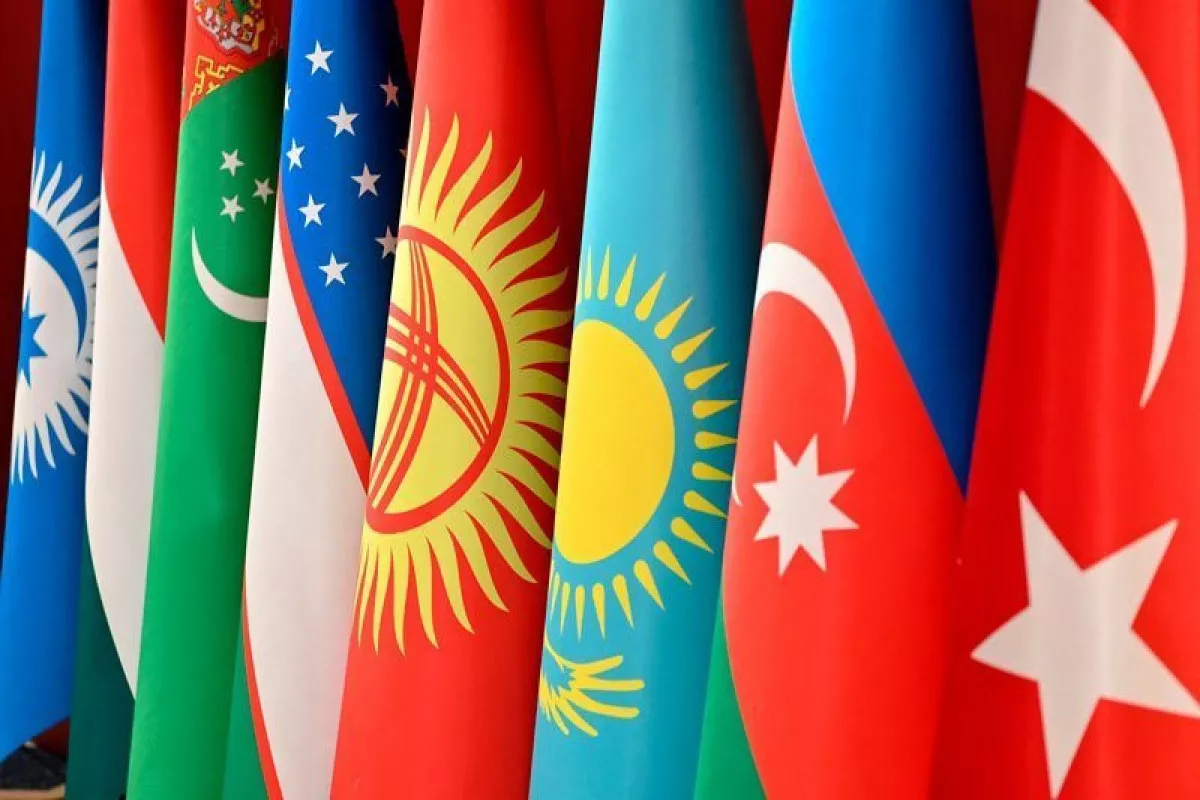
Among these measures may be the expansion of membership. The OTS leadership has already demonstrated its flexibility and foresight on this issue—evident in the decision to grant Hungary observer status. Budapest has actively engaged in the Organisation’s work and has now hosted its second informal summit. This clearly shows that there is no racism within the OTS, and that the definition of a “Turkic state” can be interpreted broadly, within the bounds of common sense.
There is nothing unusual about this—after all, the European Union has also defined “Europeanness” in quite flexible terms. What truly matters is a shared and inclusive vision of the future. Still, when shaping that future, it makes sense to also draw upon the Turkic elements of the past—elements that can be found in the histories of all the key regions relevant to the OTS: the South Caucasus, the Balkans, the Middle East, and Eastern Europe. Sometimes, that past simply needs to be “rediscovered,” as it may have been buried beneath centuries of racist historical narratives.
Moreover, highlighting the Turkic components of the past can serve to remind us of the inclusiveness of several major Turkic empires. Notably, the state founded by the Azerbaijani Safavid dynasty, the Mughal Empire in India, and the Ottoman Empire each embodied this inclusive spirit.
The Budapest Declaration specifically underscores the importance of the “Charter of the Turkic World.” This document affirms the value of uniting the Turkic nations not only through their shared glorious past, but also through a common vision for the present and future—one that extends across a broad geography, reaching into Europe, the Black Sea region, the Balkans, and the Mediterranean.
Even more interesting is that the Charter calls for cooperation based on Turkic identity, shared history, culture, and traditions, while explicitly rejecting racist ideologies. It emphasises strengthening the common Turkic identity through the promotion of multiculturalism.
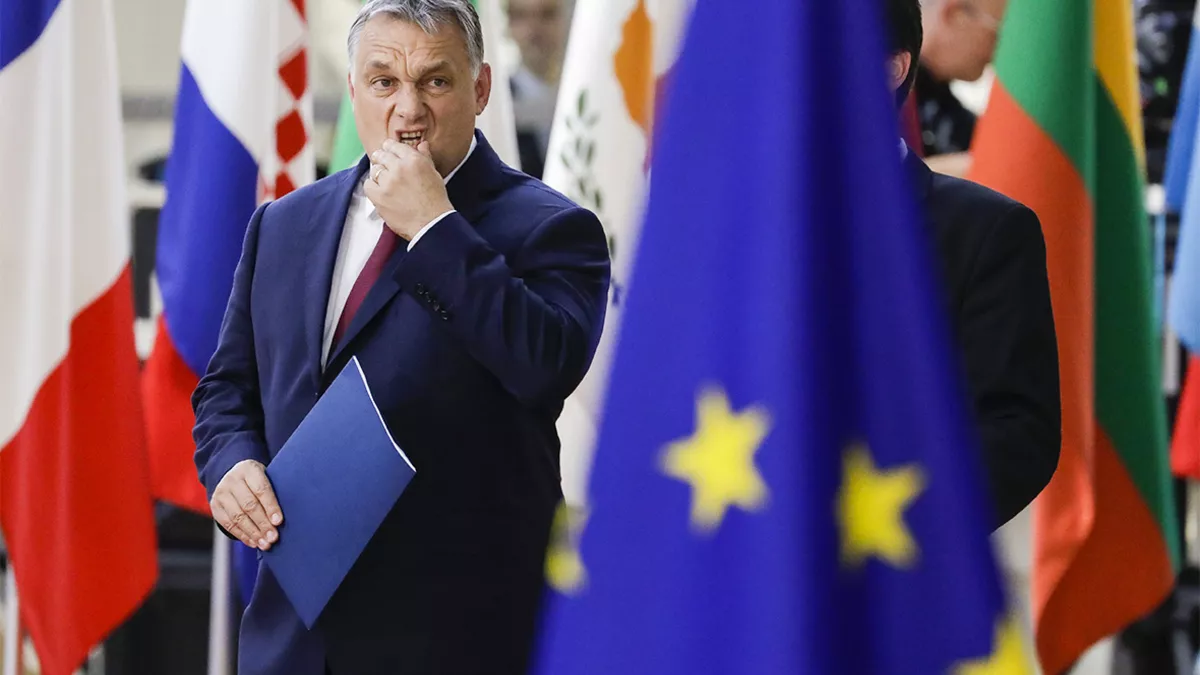
In conclusion, two other important points deserve mention. The informal OTS summit in Budapest expressed support for Hungary’s independent and pragmatic course as an observer state, which currently faces significant pressure from the liberal elites of the EU. The summit also demonstrated Baku’s and its OTS partners’ capacity to provide such support to countries situated in the very heart of the EU and NATO. This support is not a mere political show without tangible results; on the contrary, it represents a compelling alternative to the pseudo-liberal projects that have been imposed on non-Western countries for decades as the supposedly only correct path. Yet these projects have already led the world to war, poverty, and the prospect of mutual nuclear annihilation.








